Fantasia 2019, Day 5, Part 2: The Prey
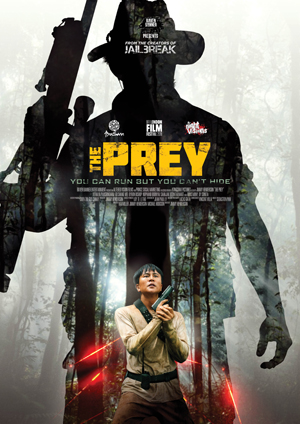 For my second movie of July 15 I went to the Fantasia screening room to watch the Cambodian film The Prey. Directed by Jimmy Henderson from a script by Henderson with Michael Hodgson and Kai Miller, this is a film that traces its narrative lineage back to Richard Connell’s immortal “The Most Dangerous Game.” In this case, the game’s played in the wilds of Cambodia, and the rules turn out to be surprisingly complex — and the number of players surprisingly large.
For my second movie of July 15 I went to the Fantasia screening room to watch the Cambodian film The Prey. Directed by Jimmy Henderson from a script by Henderson with Michael Hodgson and Kai Miller, this is a film that traces its narrative lineage back to Richard Connell’s immortal “The Most Dangerous Game.” In this case, the game’s played in the wilds of Cambodia, and the rules turn out to be surprisingly complex — and the number of players surprisingly large.
Xin (Gu Shangwei) is an undercover Chinese cop with Interpol trying to bust cyber-criminals in Cambodia, despite a significant language barrier. Swept up in a raid by the local police force that nets the criminals he’s hunting, he ends up on the wrong side of a warden (Vithaya Pansringarm) of an isolated prison. Along with a few other malcontents, he’s handed over to a hunting party who’ve paid the warden for a day’s amusement: the criminals will be released into the jungle, the heavily-armed hunters will track them down, whoever gets the most kills wins. But of course it doesn’t quite work out that way.
Rather than keep a narrow focus on a deadly game with one victim and one hunter, the film starts with groups of each — but as they get winnowed down, more characters enter the fray. Xin’s Interpol colleagues come looking for him. The warden and his men take a hand. And it turns out there are locals who live in the playing field. The interplay of the different factions effectively builds a considerable amount of suspense, giving the story more heft than a straightforward action story.
Which is not to say the action’s lacking. There’s a goodly amount of it, executed quite well. There’s some hand-to-hand combat, but also a lot of gunplay and general explosions. The fights are well-planned and well-choreographed, building to a suitably brutal conclusion. Effects are largely practical; there’s a low-tech ethos to this film, the firearms notwithstanding, that plays well. The fight scenes are focussed on telling the story, not on cool moves (though there are cool moves). It’s paced well, not lingering on any given situation. Characters do not wear out their welcome, and the movie does not shy away from racking up a body count very quickly. You do more-or-less know how long each character will last, but there are some surprises in how they play out their parts. It’s familiar without being generic or even all that predictable.
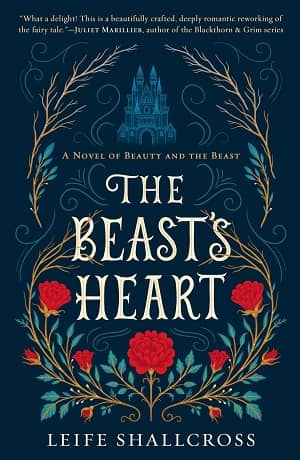
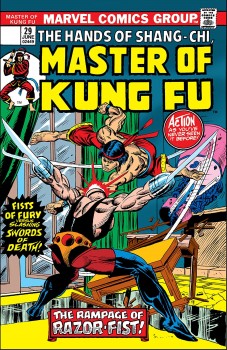
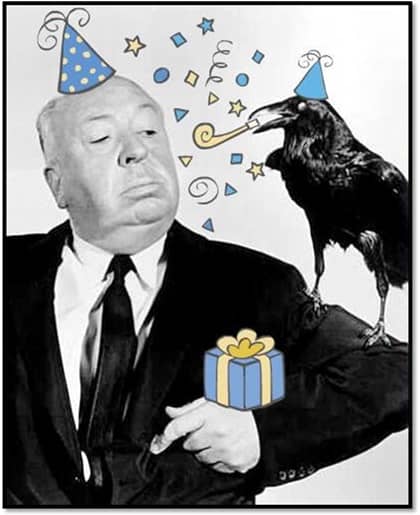
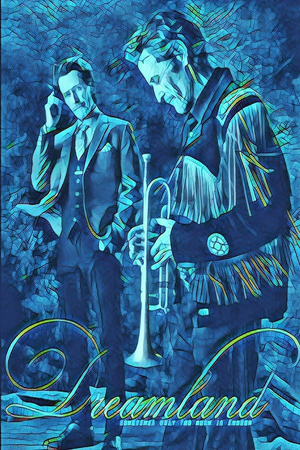 I have fond memories of Bruce McDonald’s rock n’roll road movies from the 1990s, specifically Roadkill, Highway 61 Revisited, and Hard Core Logo. It had been a while since I’d seen one of his films (one drifts away from artists, sometimes, like friends we once knew), but I began July 15 at Fantasia in the De Sève Theatre getting reacquainted with McDonald’s art by way of his new movie Dreamland, at Fantasia presented as Bruce McDonald’s Dreamland.
I have fond memories of Bruce McDonald’s rock n’roll road movies from the 1990s, specifically Roadkill, Highway 61 Revisited, and Hard Core Logo. It had been a while since I’d seen one of his films (one drifts away from artists, sometimes, like friends we once knew), but I began July 15 at Fantasia in the De Sève Theatre getting reacquainted with McDonald’s art by way of his new movie Dreamland, at Fantasia presented as Bruce McDonald’s Dreamland.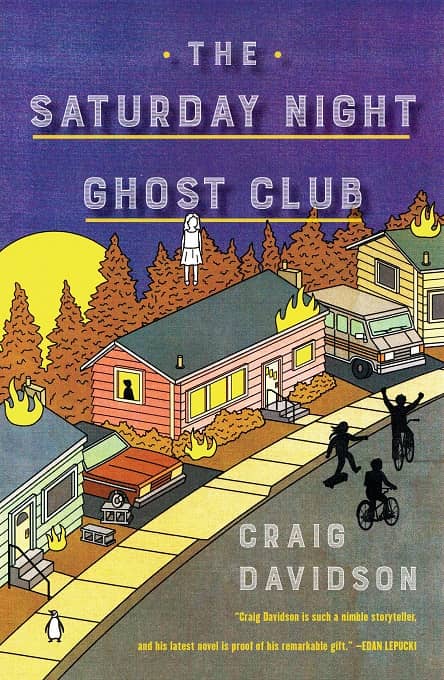
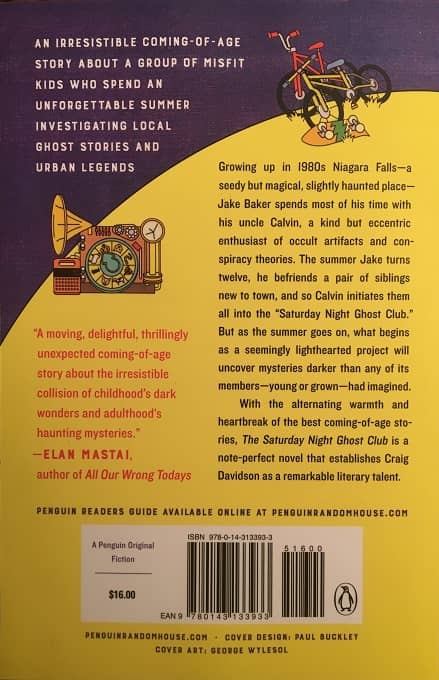
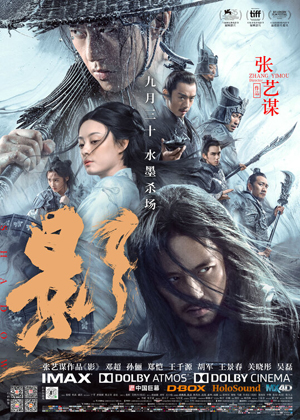 My fifth and last movie of July 14 brought me back to the Hall Theatre. I had not seen two consecutive movies that day in the same cinema; no two films had come from the same country. It was in retrospect a good day at Fantasia, and it was ending with a bang: the latest film from Zhang Yimou, Shadow (also known as Ying, 影). Written by Zhang with Li Wei, it’s a tale of historical battles and political machinations told with visual dynamism and a distinct colour sense, fitting nicely alongside previous works by Zhang such as Hero, House of Flying Daggers, and Curse of the Golden Flower.
My fifth and last movie of July 14 brought me back to the Hall Theatre. I had not seen two consecutive movies that day in the same cinema; no two films had come from the same country. It was in retrospect a good day at Fantasia, and it was ending with a bang: the latest film from Zhang Yimou, Shadow (also known as Ying, 影). Written by Zhang with Li Wei, it’s a tale of historical battles and political machinations told with visual dynamism and a distinct colour sense, fitting nicely alongside previous works by Zhang such as Hero, House of Flying Daggers, and Curse of the Golden Flower.
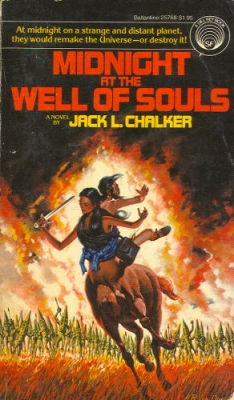
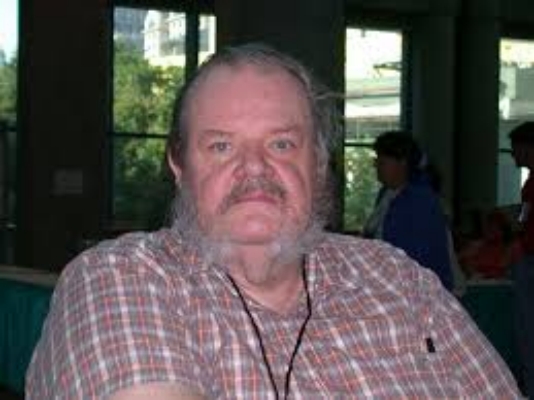
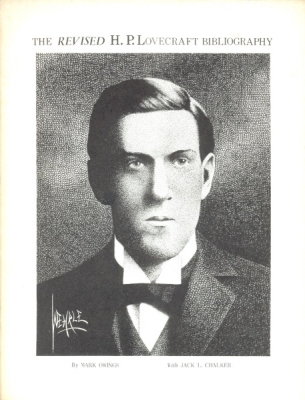
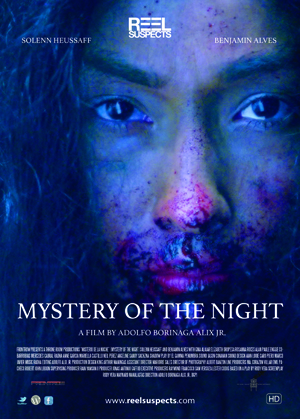 My fourth film of July 14 brought me back across the street to the De Sève Theatre for a tale from the Philippines, Mystery of the Night. Directed by Adolfo Alix Junior, it’s an adaptation of a play by Rody Vera called Ang Unang Aswang (The First Aswang). As written for the screen by Maynard Manansala, it’s a meditative story that doesn’t betray its stage origins in the slightest, a deliberately-paced visual spectacle about colonialism, magic, and the wilderness.
My fourth film of July 14 brought me back across the street to the De Sève Theatre for a tale from the Philippines, Mystery of the Night. Directed by Adolfo Alix Junior, it’s an adaptation of a play by Rody Vera called Ang Unang Aswang (The First Aswang). As written for the screen by Maynard Manansala, it’s a meditative story that doesn’t betray its stage origins in the slightest, a deliberately-paced visual spectacle about colonialism, magic, and the wilderness.